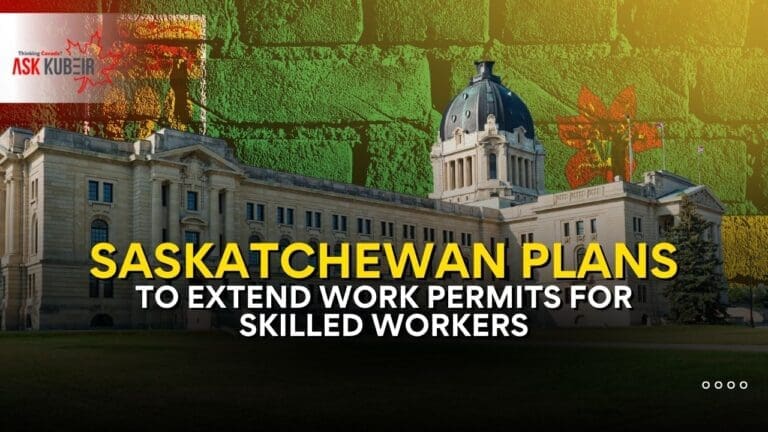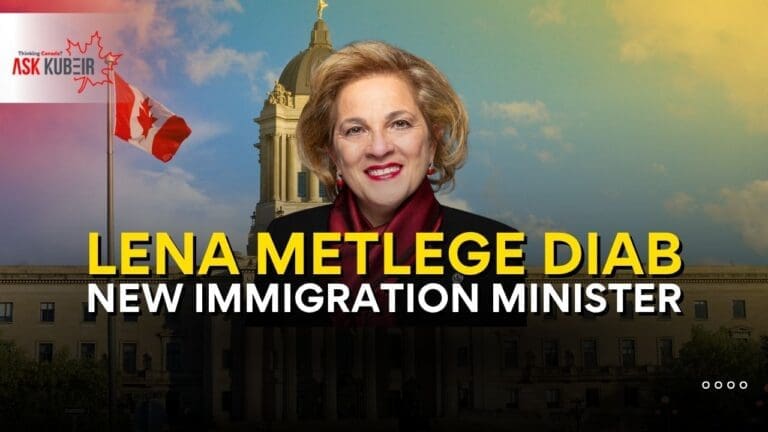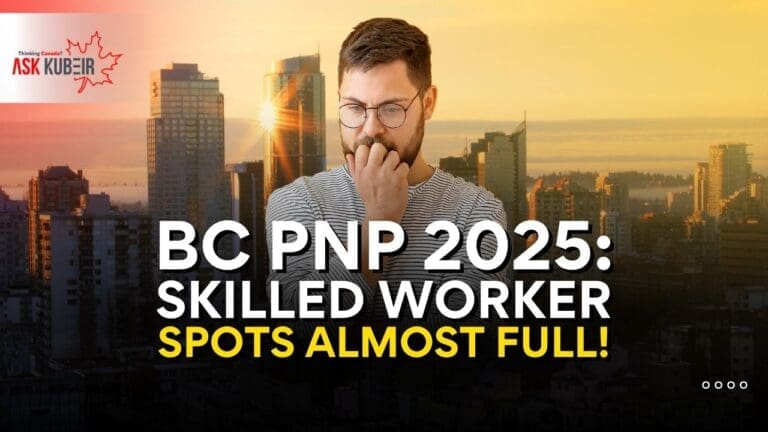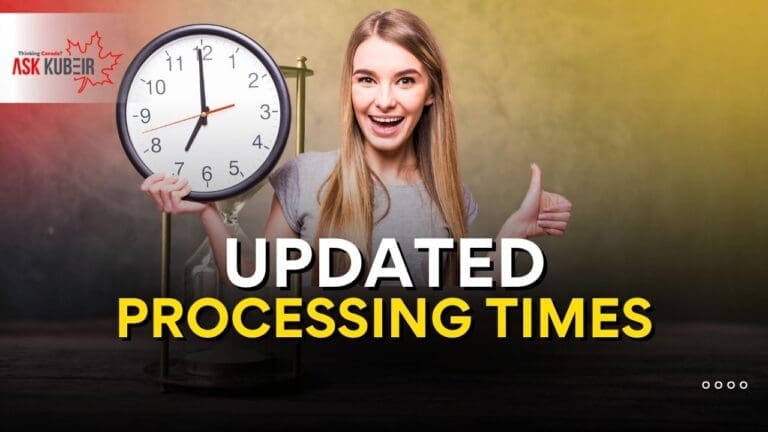
Missed Out on CRS Points for a Job Offer? You Can Still Boost Your Score with a Language Test
Not everyone applying for Canadian permanent residency has a job offer. And that’s okay. If you’re applying through Express Entry and feel your score is too low, one of the easiest and fastest ways to increase it is by improving your language test results. Here’s how it works and why it can make a big difference. Language Can Give You a Major CRS Boost When you apply through Express Entry, your profile gets a score called the Comprehensive Ranking System (CRS) score. The higher your score, the better your chances of getting selected. Language is one of the biggest areas where you can earn points—up to 310 points! That includes points for: And here’s the good news: You can take the language test as many times as you want. If you score better the next time, your CRS goes up. If You Know French, That’s a Bonus Canada is giving more chances to people who can speak French. In 2024 and 2025, French-speaking applicants have been selected even with lower CRS scores through special French-language draws. So if you speak French, or are willing to learn, it’s a great opportunity to get extra points and increase your chances of being selected. Real-Life Example: Amy Increased Her Score with Just One CLB Level Let’s say you’re like Amy. She had: That score wasn’t enough to qualify for recent Express Entry draws. So, Amy decided to study more and re-take her English test. She improved to CLB 9, and guess what? Her score jumped to 559. That was more than enough to get selected in the next draw. Here’s how her score changed when she improved from CLB 8 to CLB 9: Factor Points with CLB 8 Points with CLB 9 Age 105 105 Level of Education 120 120 Official languages proficiency 92 124 Canadian Work Experience 80 80 Skill transferability – language + education 13 25 Skill transferability – Canadian + education 25 25 Skill transferability – foreign + Canadian work 50 50 Additional points – education in Canada 30 30 Total Points 515 559 A single-level jump in the language test gave her 44 extra points. That’s a simple but powerful change. Want to Improve Your Language Test Score? Here’s How to Start 1. Make language learning part of your daily lifeEven 20–30 minutes a day can help. Use that time to practice reading, listening, speaking, and writing. The more consistent you are, the better your results. 2. Speak in real-life situationsReading books or doing online lessons is great, but speaking to people in real conversations is better. Join a language group, talk with friends, or attend a language exchange. 3. Take practice testsPractice tests show you what the real test looks like and help you get used to the format. They also reduce stress and help you do better on the actual test. 4. Use free resourcesThere are free tools online—practice tests, YouTube lessons, and mobile apps—that can help you prepare for CELPIP, IELTS, TEF, or TCF. 5. Try immersion if you canIf you’re learning French, being in a French-speaking environment—even for a few weeks—can boost your skills faster than anything else. What’s CLB?CLB stands for Canadian Language Benchmark. It’s the system Canada uses to measure your language skills. The higher the CLB, the more CRS points you get. Which language tests can I take? Make sure it’s the General version—not Academic. Can I take the test more than once?Yes, absolutely. You can re-take the test as many times as you want, and only your best score is used. Do I need both English and French?No, but if you do both and score well, you can get extra points. And if you do well in French, you might qualify for special French-speaking draws. What score should I aim for?Try to reach CLB 9 or higher. This is the level that gives you extra points for “skill transferability” and makes your profile much stronger. Final Thoughts You don’t need a job offer to succeed in Express Entry. If your CRS is low, language is your best tool to move up. It’s something you can control, and improving it could be the key to your new life in Canada. At Ask Kubeir, we help you build the perfect Express Entry strategy, including language score planning and test prep guidance. Ready to take the next step? Talk to us today. Would you like a consultation to explore your Canadian work options? Contact Ask Kubeir today! 📌 If you believe your VISA application should be showcased in the most favorable light when submitting to immigration, feel free to book our services. 📌 To book an appointment with Kubeir – Licensed Canadian Immigration Consultant, click the “Book Appointment” 📲 You may also reach us at this number for all immigration-related services: Disclaimer: This is for informational purposes only and not legal advice. Always consult experts like us or the official IRCC website for up-to-date details.








